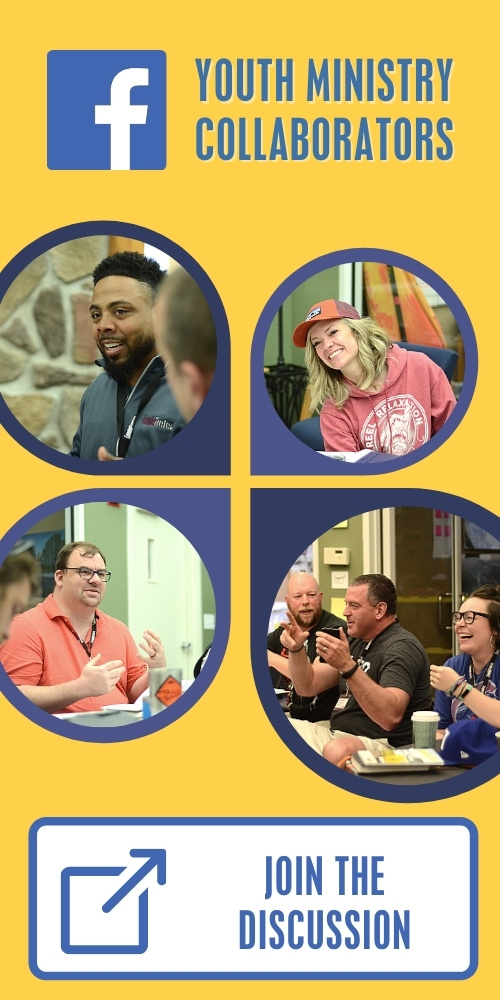Creating Leadership Laboratories
LeaderTreks uses experiences to develop student leaders. You won’t find a LeaderTreks staff member in front of a whiteboard teaching students the definition of leadership. You will find us on mission trips using every experience to grow leaders, on mountain trails or in sea kayak’s challenging students to reach their potential. So how do we use these experiences to develop student leaders? We follow this simple, four-step formula:
Communicate Expectations
When I am communicating expectations, I need to give the “why,” or as we say, “the mission.” Students will always work harder when they have an overarching purpose and when they know how their actions will impact God’s kingdom. Help students understand how each thing they do will affect the outcome. Give them a purpose to do great things.
For us, there’s no such thing as busywork. That’s not to say there aren’t smaller, mundane tasks students will have to perform, but whenever we can, we explain to students how those tasks fit into the larger picture. Nothing is wasted; every action can become a teaching event.
Teach by Example
Students gain confidence when they have an example to follow. When placing a student in a leadership position, set them up to win. Don’t just give them information; give them hands-on instruction with you as their teacher.
There are two pitfalls to this type of instruction. The first is to do it all for the students. Before trips officially get underway, we ask students to do the shopping for all of the meals. This is a time of extreme anxiety for many of the group’s leaders: “Are they wasting the budget on name-brand items?” “They better not forget the butter. I don’t want to eat butter-less pancakes!” Their instinct is to pull the shopping list straight out of students’ hands and grab the necessities themselves. But if students aren’t forced to deal with the consequences of their failure, the “responsibilities” we give them are meaningless. They’ll never learn to lead if we’re just using them as puppets to do exactly what we tell them.
 On the other hand, we can simply drop them off in the deep end without first giving them the tools to succeed. They need swimming lessons and perhaps a floatie or two. And for the riskiest responsibilities we give them, we should be waiting with a life preserver, just in case. In the food-shopping scenario, there’s a difference between giving the students expectations, then trusting them to meet those expectations, and simply letting them loose on the grocery store without any idea of what they need to purchase. Don’t set students up for failure by doing things for them or by giving them responsibilities without equipping them to succeed.
On the other hand, we can simply drop them off in the deep end without first giving them the tools to succeed. They need swimming lessons and perhaps a floatie or two. And for the riskiest responsibilities we give them, we should be waiting with a life preserver, just in case. In the food-shopping scenario, there’s a difference between giving the students expectations, then trusting them to meet those expectations, and simply letting them loose on the grocery store without any idea of what they need to purchase. Don’t set students up for failure by doing things for them or by giving them responsibilities without equipping them to succeed.
Release Students to Perform
Allowing the students to perform without letting them fail is the hardest part of developing leaders. Adults are often too quick to fix the problems that students encounter. Adults don’t want anything to go wrong, so they miss the opportunity to teach great leadership lessons.
On a recent trip, I was challenging students to push themselves as they ran wheelbarrows of concrete up a hill. After every time I yelled “Push yourselves, you can do it!” an adult leader from the church would yell “You’re doing well, don’t worry.” But that’s a lie! Students are not doing “well” if they are not working to their potential. To become true leaders, they must be pushed beyond their comfort zones. You can make them happy or you can make them great. Which will have the bigger impact on students’ lives?
Evaluate the Performance
Evaluation is hard. But students want evaluation. When they are in a new leadership position, evaluation will accelerate their growth. Evaluation will also build trust and allow you to speak truth into their lives. Honest and clear feedback will drive your relationships with your students to a new depth.
This ties directly into the first point. Evaluation is meaningless if you don’t articulate clear expectations from the beginning. Students have to know what’s expected before they can look back on whether they met or exceeded those expectations. Take students through a step-by-step debrief, showing how they could have addressed un-met expectations better and praising them for the ways they stepped up beyond what was expected of them.
CC Image courtesy iT@c on Flickr.
About the Author
Doug Franklin
Doug Franklin is the president of LeaderTreks, an innovative leadership development organization focusing on students and youth workers. Doug and his wife, Angie, live in West Chicago, Illinois. They don’t have any kids, but they have 2 dogs that think they are children. Diesel and Penelope are Weimaraners who never leave their side. Doug grew up in… Read More




